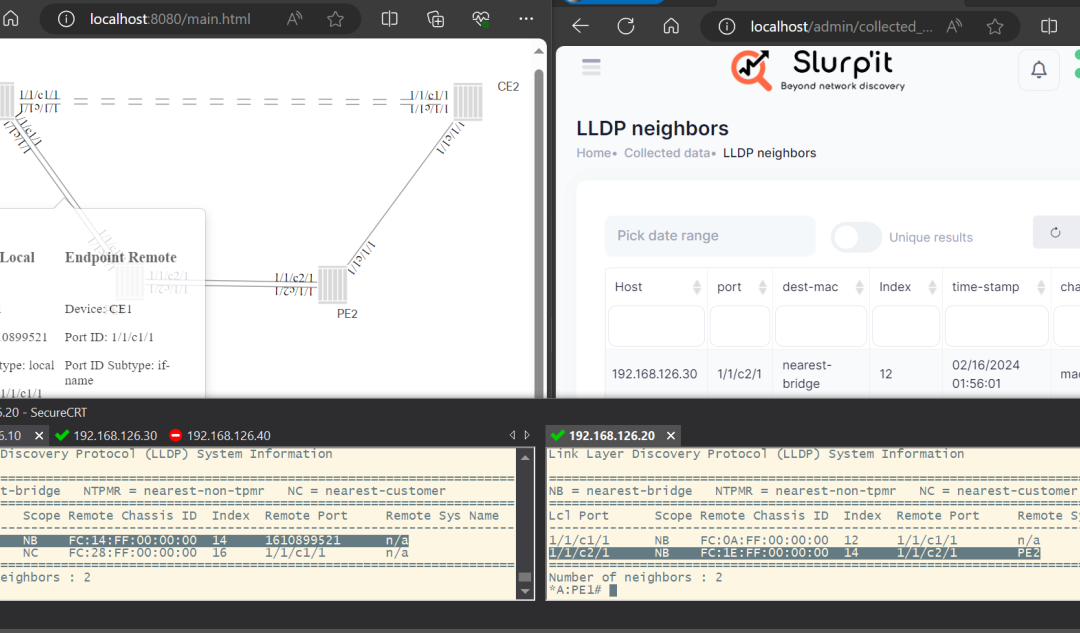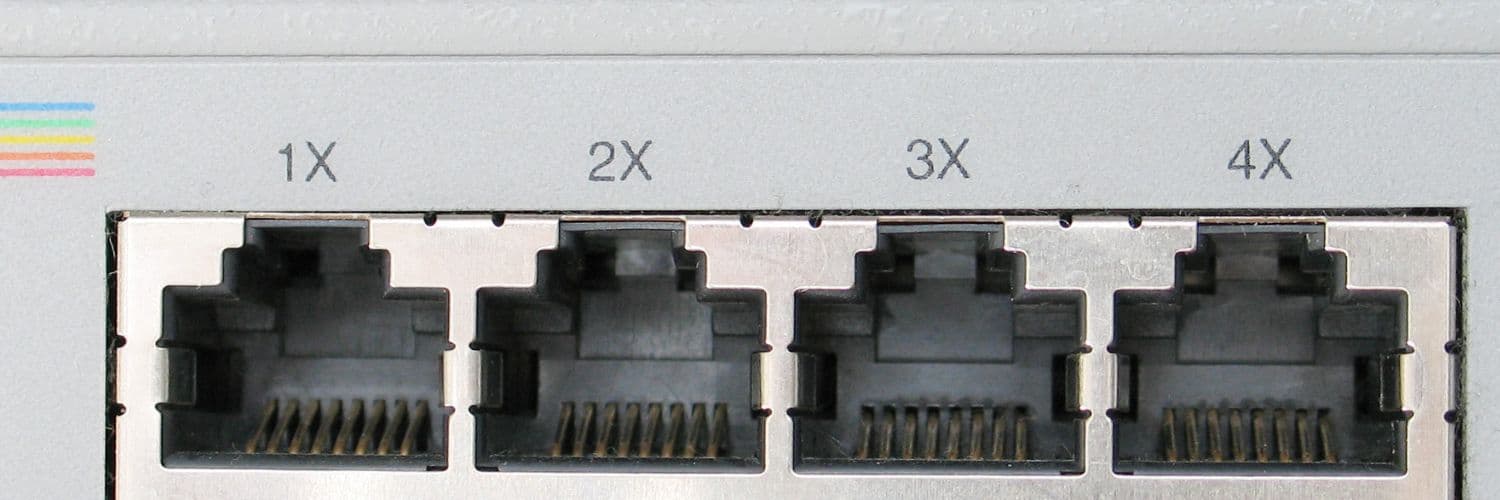Do you still aim that your business operations must run smoothly, but you aren’t able to? Well, many are.
However the increasing complexity of networks and growing technology has made it difficult for businesses to achieve the same. Whether they are thinking of upgrading their current system or maybe starting from scratch – the whole task can be daunting.
Fret not. Read out the blog below to understand how to successfully implement network management systems in your infrastructure:
Are Network Management Systems Important?
Definitely yes. Businesses these days rely heavily on interconnected networks. And that’s for each network to operate efficiently – management systems become a must-have.
Network management systems initially take care of the whole IT infrastructure. It ensures that all the data flows smoothly. The communication network remains completely secure. And even the potential issues are both identified and resolved.
On the other hand, if there’s no network management in place, a business can face – much downtime, multiple security breaches, or inefficiencies that could further impact their whole bottom line.
Once implemented, businesses can actually get valuable insights into the complete network usage patterns. Network management systems can understand the traffic flow, and also allocate the resources easily.
What are the major components of Network Management Systems?
Basically a lot of key components work together here. This is to ensure that the operations that’s being done in an organisation is quite efficient enough.
Some major components are – network monitoring tools, configuration management modules, performance analysis software, security protocols, and a few reporting mechanisms.
What happens here is – all the components above play a specific role. They come together to maintain a network’s overall integrity. Additionally, each identifies potential issues and checks out the network performance. With this, the organisation is able to meet all the operational demands.
And what does network monitoring tools offer?
Network monitoring tools provide real-time visibility into network traffic.
Businesses can check out device status, and performance metrics quickly. They can also continuously monitor network activity.
Moreover, IT teams can proactively detect anomalies. They can check out bottlenecks, or security threats. Once found, they can even take corrective action before the minor problems escalate into major issues.
The configuration management modules available allow administrators to automate device configuration tasks. It checks out that the consistency is maintained. And lastly, the risk of human error also gets erased.
What about performance analysis softwares in network management systems?
These softwares actually help IT teams to assess the whole network performance metrics. One can understand the bandwidth utilisation within seconds. They can even check out the latency and packet loss.
Nonetheless, businesses can even identify areas of improvements.
Coming to security protocols, like firewalls, intrusion detection systems, and encryption mechanisms – these are quite important for protecting the available network assets.
And lastly, reporting mechanisms. These tools generate detailed insights into network performance. One can even understand compliance metrics and incident response activities quickly.
All of this will help organisations to track the complete key performance indicators.
How to choose the right Network Management System for your organisation?
Now, here comes the main part. Selecting the right network management system is quite important for any organisation out there. It’s a critical decision altogether. Once taken, it has a far reaching effect on the company’s – efficiency, security, and scalability.
There are multiple network management solution options available. Starting from open source platforms to enterprise grade suites.
But before choosing one option, businesses first must assess their specific needs. They should understand their budget constraints and technical requirements first.
The main factors that has to be considered for selecting right network management systems for your organisation are:
- Size of the network
- Complexity of the IT infrastructure
- Level of automation required
- Scalability of the solution.
What to look out for in a network management system?
- Check out whether the system offers better network monitoring capabilities (it’s matching what you need)
- It’s compatible to your existing IT infrastructure
- It comes with advanced security features
- It offers cloud services and operating systems
- It seamlessly integrates with other systems with minimal disruption.
Make sure to look after the long term benefits of investing in a network management system. It should grow with your organisation. It must adapt to all the technology trends. The three crucial factors to look out for are – scalability, flexibility, and extensibility.
A few considerations for successful implementation of Network Management Systems:
You have to plan everything carefully. Make sure to implement coordination and stakeholder engagement. Your system should first be compatible with your network devices. You have to first explore the troubleshooting capabilities of the system.
And the best practices in network management systems ?
Always establish clear roles and responsibilities. Try conducting regular performance evaluations to measure the overall effectiveness. Make sure to develop a comprehensive documentation framework. It should capture all the system configurations, operating procedures, troubleshooting workflows, and incident response. That’s it, now you are all set to implement network management system in you infrastructure!













